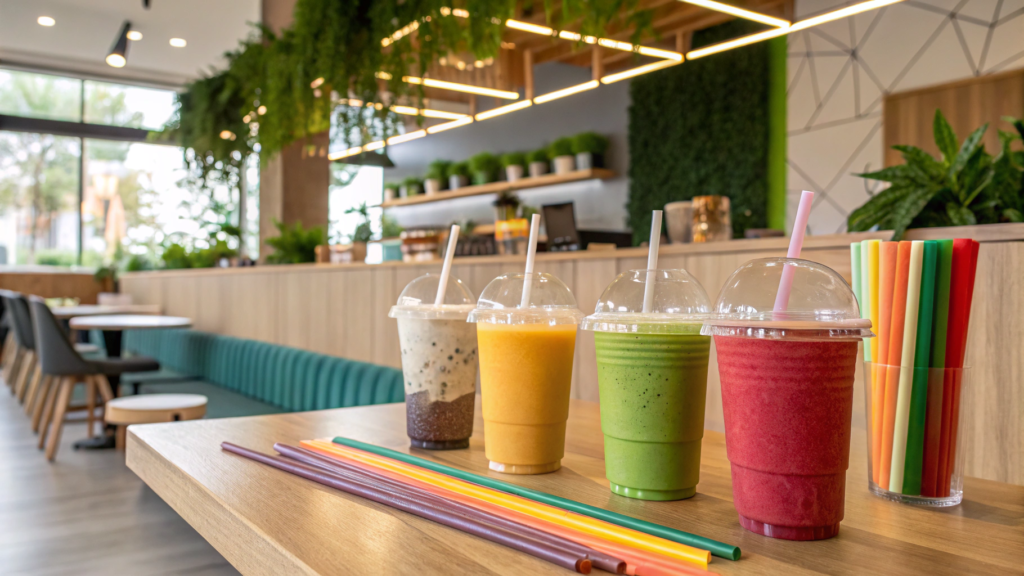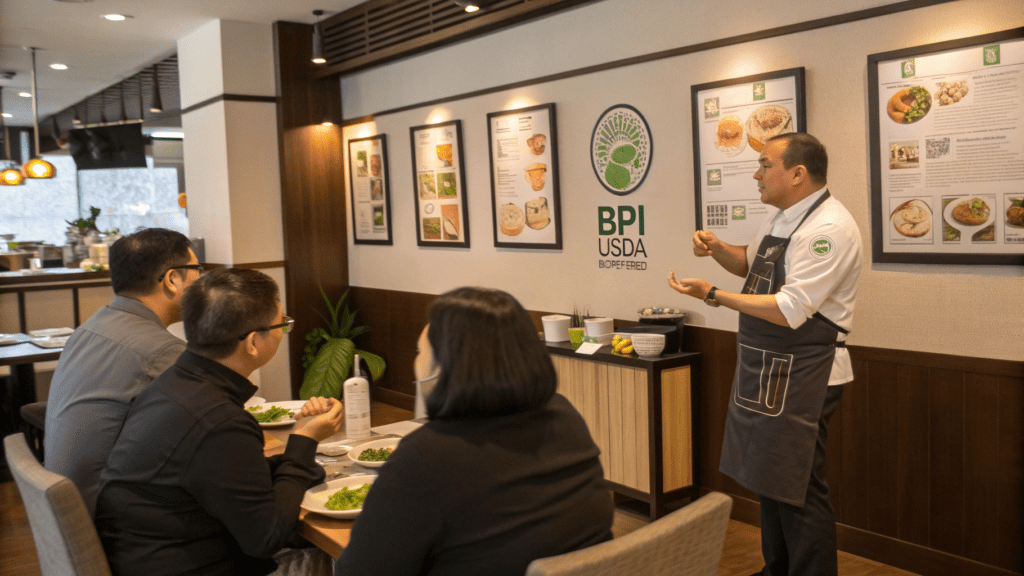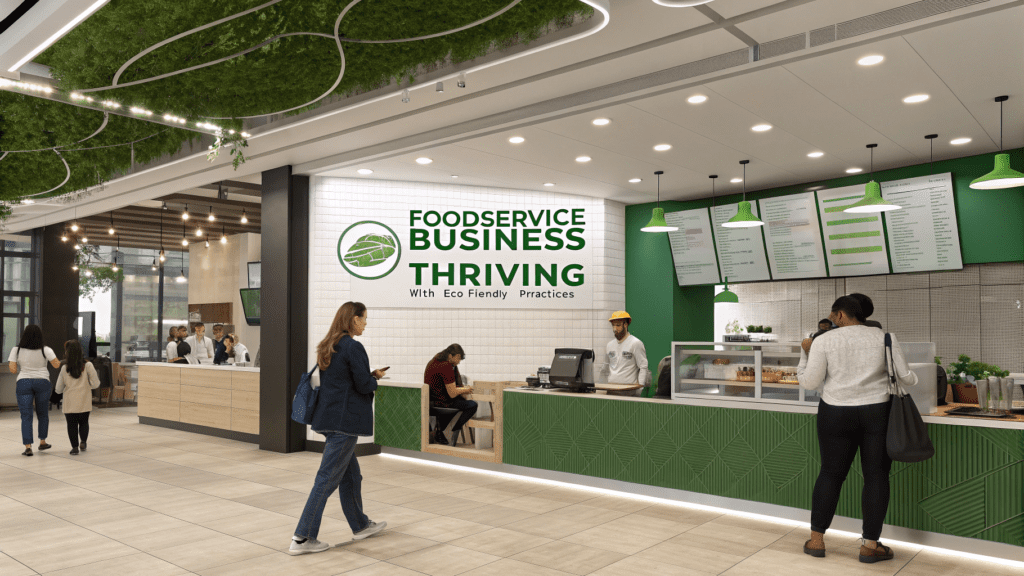The world of foodservice is constantly evolving, and today, one of the most pressing transformations is the unavoidable shift towards sustainable practices. For hotels, bars, cafes, restaurants, catering wholesalers, and importers, the escalating environmental crisis, driven by plastic pollution, is no longer a peripheral concern but a critical operational and brand imperative. Embracing this “eco-revolution” means looking closely at every aspect of your business, starting with something as ubiquitous as the drinking straw.
At momoio.com, we believe in empowering your business to make impactful sustainable choices.

The Plastic Predicament: Why the Change is Non-Negotiable
Globally, hundreds of millions of single-use plastic straws are discarded daily, taking centuries to decompose and significantly contributing to environmental pollution, especially in our oceans and landfills. This alarming reality has led to a major “tipping point” for the industry.
Public and industry awareness of plastic pollution surged from the late 2000s, highlighting its devastating impact on marine ecosystems. This growing concern has rapidly translated into key regulatory shifts across the globe:
- The EU Single-Use Plastics Directive (SUPD), implemented in July 2021, notably banned various single-use plastics, including straws (even PLA, a common “biodegradable” plastic), with only limited exceptions.
- In the U.S., a patchwork of state-level bans has emerged, such as Seattle’s ban in 2018 and California’s “straw upon request” law in 2019.
Major corporations have already responded, with Starbucks pledging a shift in 2018 and McDonald’s UK/Ireland transitioning to paper straws. This isn’t just about compliance; it’s about enhancing your brand image and attracting the growing segment of eco-conscious consumers.
For more insights into the evolving landscape of plastic regulations, you can read more about the EU Single-Use Plastics Directive on the European Commission website.

Navigating the Green Landscape: Understanding Your Biodegradable Options
The good news is that innovative, plant-based alternatives are readily available. Biodegradable straws are designed to break down naturally, significantly reducing your ecological footprint. But with various materials on the market, understanding your options is key:
- Polyhydroxyalkanoates (PHA): These straws mimic the feel of traditional plastic and are marine, home, and industrial compostable. They are durable and suitable for both hot and cold beverages, making them a strong contender, though they can be more expensive.
- Ácido Polilático (PLA): Similar in look and feel to plastic and sturdy for cold drinks, PLA primarily requires industrial composting and softens in hot liquids. Crucially, it’s often treated as conventional plastic under regulations like the EU SUPD.
- Papel: Widely available and cost-effective, paper straws are biodegradable and recyclable. However, traditional paper straws can be prone to sogginess (losing over 75% firmness after 20 minutes) and may impart a papery taste. A significant concern is the potential presence of PFAS (Per- and Polyfluoroalkyl Substances), or “forever chemicals,” which have been detected in many paper and plant-based straws. Always seek “PFAS-Free” certifications.
- Sugarcane (Bagasse): Made from a fibrous byproduct, these straws are durable, water-resistant, home compostable, and suitable for hot beverages (up to 90°C). They are also taste-free.
Understanding these properties will help B2B buyers choose the right straw for different foodservice applications.
For detailed information on the health and environmental concerns related to PFAS, you can explore resources from the Environmental Protection Agency (EPA).
Strategic Sourcing and Future-Proofing Your Business
Switching to biodegradable straws is a strategic move that extends beyond just the product itself. When sourcing, certifications are non-negotiable:
- Compostabilidade: Look for BPI Certified Compostable, DIN CERTCO, or TÜV Austria (OK Compost Industrial/Home, Marine Biodegradable) to ensure verifiable breakdown.
- Biobased Content: USDA BioPreferred Program verifies content from renewable resources.
- Food Safety: Ensure compliance with FDA Food Contact Safety Guidelines, LFGB, and Good Manufacturing Practices (GMP).
- PFAS-Free Verification: As mentioned, this is crucial for consumer and environmental safety.
While biodegradable straws may have a higher upfront cost (e.g., paper straws 5-12 cents vs. plastic less than 2 cents), this must be weighed against the “true cost” of plastic pollution, estimated at $75 billion annually, and the long-term benefits of enhanced brand reputation and customer loyalty.
Learn more about industry evolution insights and sustainable solutions at momoio.com.

Taking Action: A Holistic Sustainability Commitment
Implementing a sustainable straw strategy is a stepping stone within a larger, holistic sustainability vision for your foodservice business. Consider a phased approach:
- Assess Your Needs: Audit current straw usage and beverage types.
- Pilot Program: Trial different biodegradable materials and gather feedback from staff and customers.
- Staff Training: Educate your team on new materials, handling, and proper disposal to maximize environmental benefits.
- Customer Communication: Proactively communicate your sustainability commitment through menus, signage, and social media to reinforce your brand values.

The global eco-friendly straw market is set for robust growth, projected to reach $19.36 billion by 2029, with material innovations and cost optimization on the horizon. The time to act is now.
This shift is not just about compliance; it’s about seizing a competitive advantage in a rapidly evolving market and aligning your business with a greener, more profitable future.
For more details on global market projections for eco-friendly products, you can refer to reports from Future Market Insights.
Begin your research, connect with certified and reputable suppliers, and make the smart switch today. Explore sustainable solutions and partnerships at Momoio.com.






